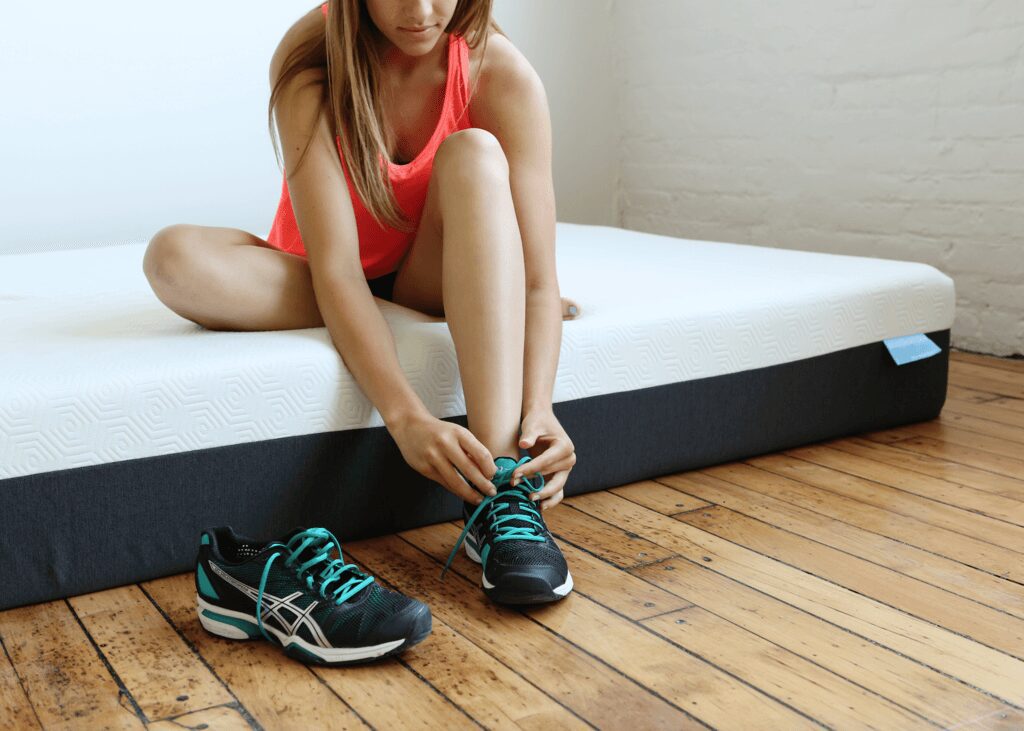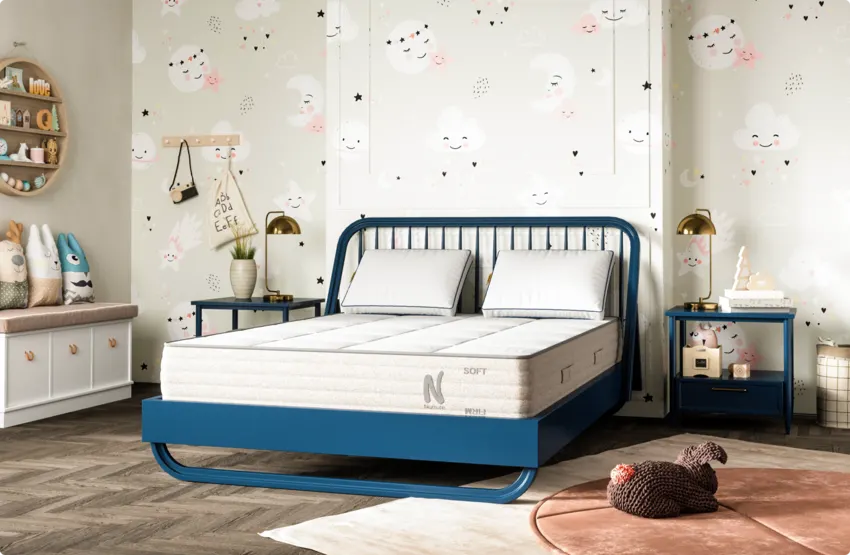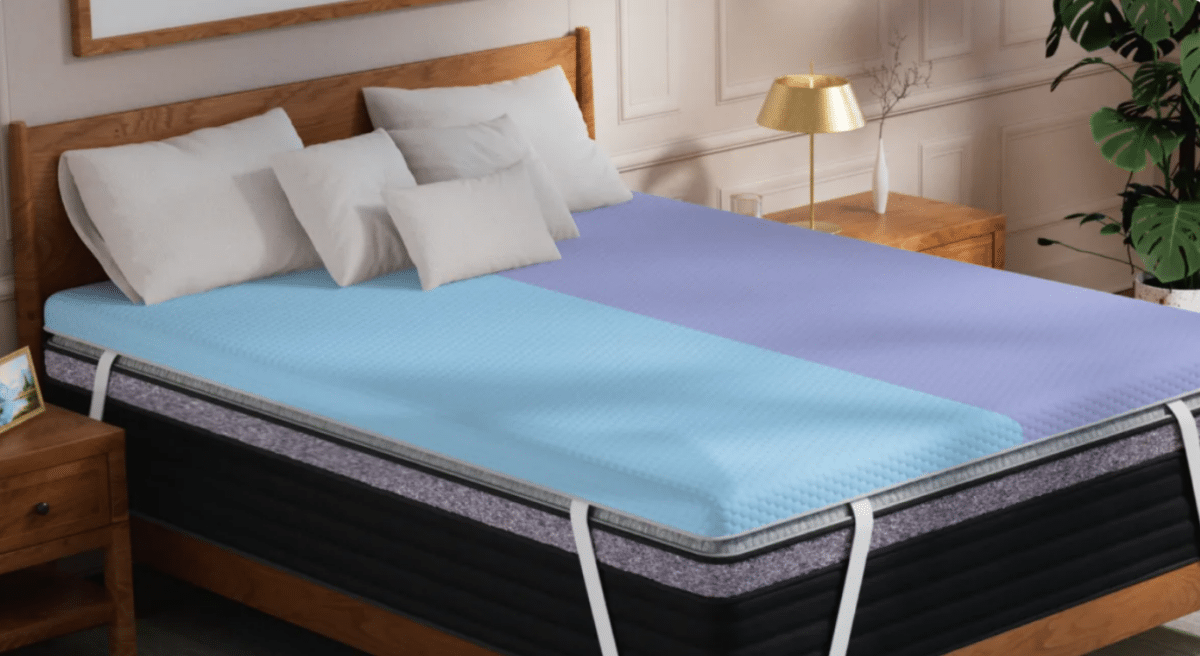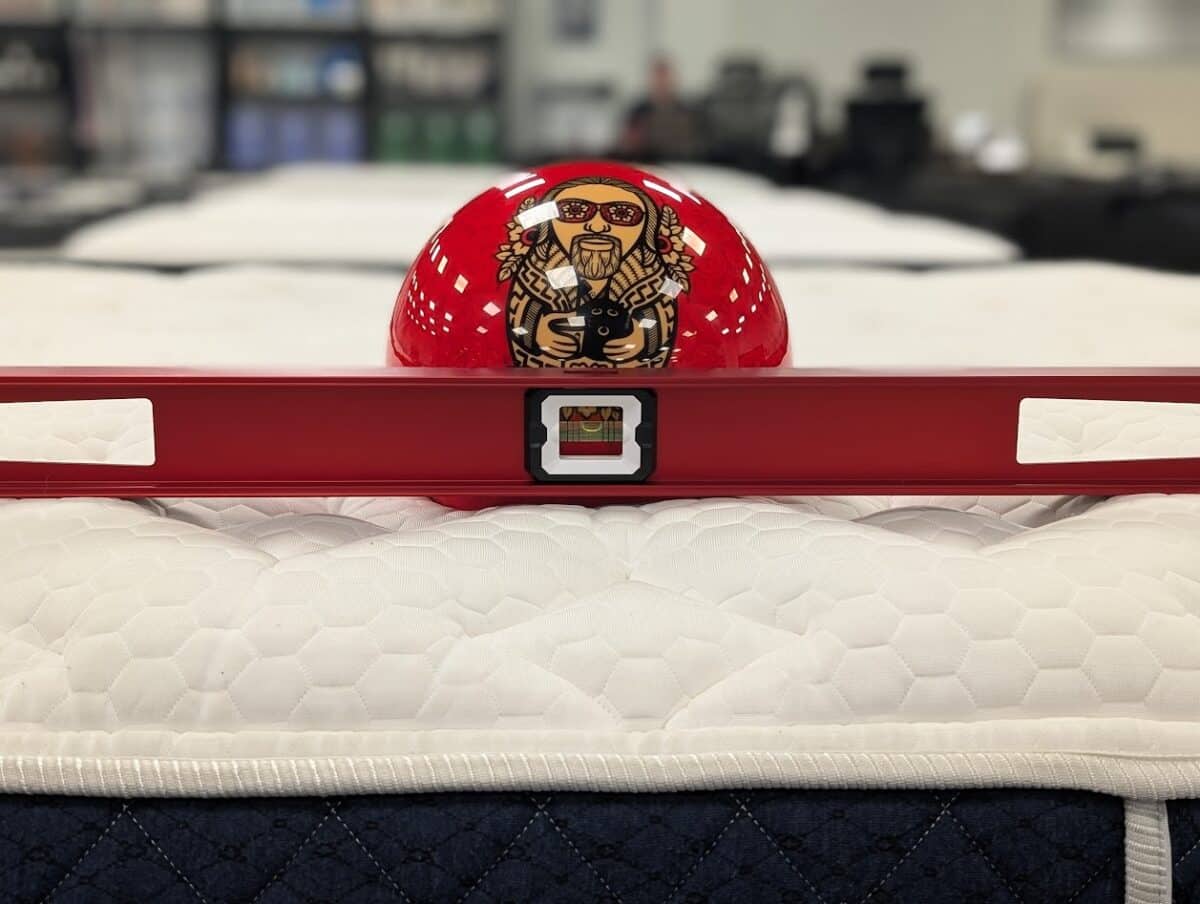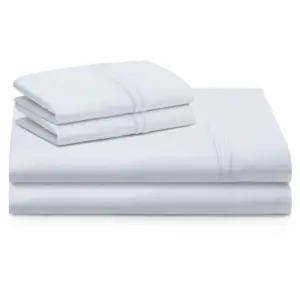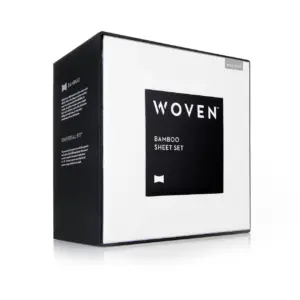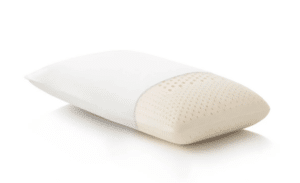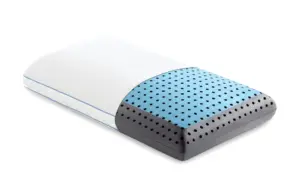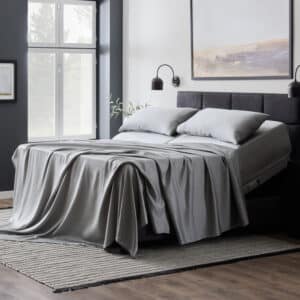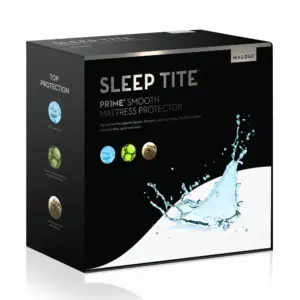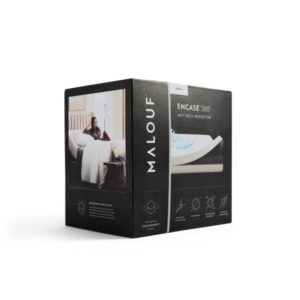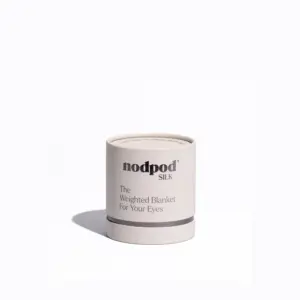Pillow Fight: The Best Hypoallergenic Options for Allergy Sufferers
Finding the best hypoallergenic pillow can be a game-changer for anyone suffering from allergies. These specialized pillows not only promise a more comfortable night’s sleep but also help mitigate allergy symptoms. Understanding the unique attributes of hypoallergenic pillows is essential for improving your sleep quality and overall well-being. Let’s delve into what makes a pillow hypoallergenic and explore some of the top options available.
Understanding Hypoallergenic Pillows
Hypoallergenic pillows are engineered to protect users from allergens that disrupt sleep. Let’s break down the key features that distinguish them:
Allergen-Resistant Materials
The finest hypoallergenic pillows are constructed from materials that naturally repel allergens. Commonly used materials include latex, bamboo, and synthetic down alternatives. Each material brings its own benefits:
– Latex: Sourced from rubber trees, latex is a powerhouse against dust mites and mold, making it ideal for allergy sufferers seeking support without sacrificing comfort.
– Bamboo: Not only is bamboo breathable and hypoallergenic, but it also possesses natural antimicrobial properties, making it a top choice for sensitive skin.
– Down Alternatives: Crafted from synthetic fibers like polyester, these pillows provide the plush softness of down while remaining entirely free from allergens.
Dust Mite Resistance
Dust mites thrive in warm, humid environments—conditions often found in typical pillows. Hypoallergenic pillows are designed to withstand these critters, offering a protective barrier that helps reduce exposure. By employing materials that are unwelcoming to dust mites, these pillows improve the air quality in your bedroom, translating to fewer sneezes and more peaceful slumbers.
Antimicrobial Treatments
Many hypoallergenic pillows incorporate antimicrobial treatments to further enhance their protective capabilities. These treatments work to inhibit the growth of bacteria, mold, and mildew, ensuring that your pillow remains fresh and clean. However, make sure to opt for options that use non-toxic chemicals, as it’s vital to safeguard your health while combating allergens.
Top Hypoallergenic Pillows
Choosing the right hypoallergenic pillow can drastically enhance your sleep experience. Here are some standout options:
Brooklyn Bedding Talalay Latex Pillow
This fan-favorite is made from Talalay latex and is naturally resistant to dust mites and mold. It strikes a balance between medium firmness and comfort, making it a great choice for back and stomach sleepers. Priced at $89, it’s a budget-friendly option that prioritizes quality.
Saatva Latex Pillow
Ideal for side sleepers, the Saatva Latex Pillow boasts adjustable loft options to ensure proper head and neck support. With a combination of latex and polyester fibers wrapped in an organic cotton cover, this pillow offers a luxurious feel. Its price of $165 reflects its high-quality build and comfort features.
Birch by Helix Organic Pillow
For eco-conscious consumers, the Birch by Helix Organic Pillow melds organic cotton, latex, and wool into a medium-firm experience. Its shredded latex fill allows for versatile comfort, although it may run warm. Priced at $149, it’s a worthy investment for those who prioritize organic materials.
Plush Beds Shredded Latex Pillow
This pillow thrives on customization, offering adjustable fill to suit your preferred sleeping style. The soft shredded latex provides cradled support, though it may require occasional reshaping. At $99, it’s an affordable choice with a unique advantage.
The Company Store Contour Support Latex Pillow
Perfect for side sleepers, this contoured design delivers additional neck support. Its breathable, quilted cover enhances comfort, making it a worthwhile investment at $119. Known for durability and shape retention, this pillow promises longevity.
Why Choose Hypoallergenic Pillows?
The benefits of hypoallergenic pillows are considerable:
– Allergen Resistance: Designed to fend off allergens like dust mites and mildew, these pillows create a healthier sleep environment, allowing allergy sufferers to experience fewer disruptions during the night.
– Improved Air Quality: By minimizing allergens, breakout and respiratory issues can be greatly reduced, enabling better air quality in your sleeping space.
– Enhanced Comfort: These pillows don’t skimp on comfort. Whether it’s the elasticity of latex or the softness of down alternatives, hypoallergenic options mold to your head and neck for optimal alignment.
– Durability: Hypoallergenic pillows are typically made from high-quality materials designed to last. Unlike regular pillows that may flatten over time, these are built to withstand nightly use while maintaining their supportive structure.
– Easy Maintenance: Many hypoallergenic pillows come with removable, machine-washable covers, simplifying the cleaning process and reducing allergen buildup.
How to Choose Your Hypoallergenic Pillow
When selecting the perfect hypoallergenic pillow, consider these crucial factors:
Material Matters
Prioritize materials known for their allergen resistance, such as latex, bamboo, or down alternatives. These will help assure you of a cleaner, healthier sleeping environment.
Washability
Always seek pillows with removable covers for easy cleaning. Regular upkeep is vital for reducing allergen accumulation, contributing to a better sleeping experience.
Chemical Safety
Avoid pillows treated with harsh chemicals. Organic options often provide a great alternative, ensuring a safe sleeping surface.
Sleeping Position and Firmness
Match your pillow to your sleeping habits:
– Side Sleepers: Opt for medium to firm pillows to fill the gap between the shoulder and head.
– Back Sleepers: A flatter option helps avoid strain on the neck.
– Stomach Sleepers: A thin pillow is essential to prevent neck hyperextension.
– Combination Sleepers: An adjustable loft pillow offers the versatility needed for different sleeping positions.
Conclusion
Investing in the best hypoallergenic pillow can significantly enhance your sleep quality, especially if you suffer from allergies. At Yawnder, we are committed to providing expert evaluations of top hypoallergenic pillows that meet the highest standards for allergen reduction. By prioritizing materials, firmness, and personal comfort, you can create a restful sleeping environment that minimizes allergy-related disruptions.
Explore our comprehensive guides on hypoallergenic bedding and mattresses to further improve your sleep strategy. Remember, a well-chosen hypoallergenic pillow not only promotes better health but also leads to a more satisfying and restful night’s sleep.


